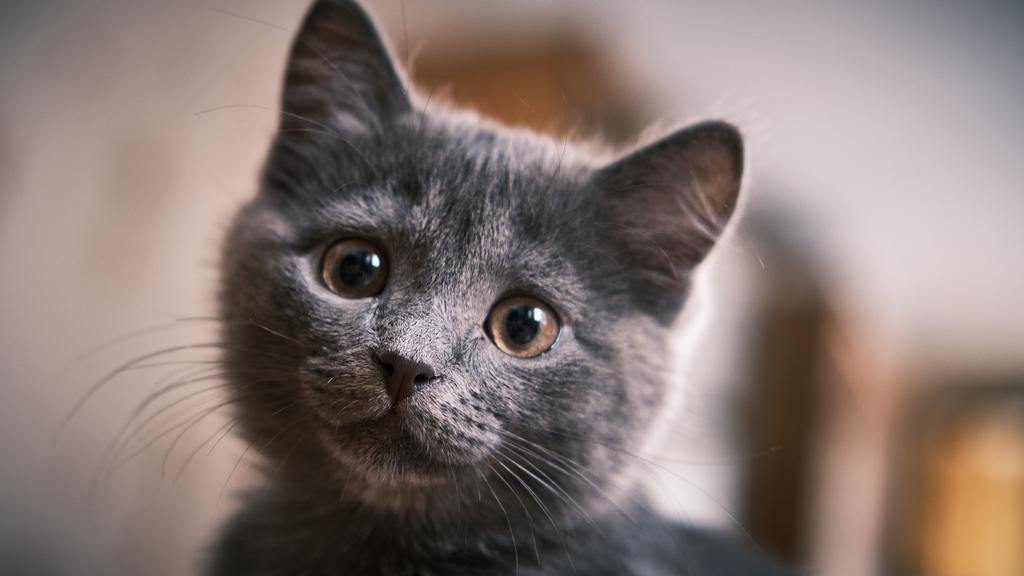Your Pet's Life Cycle (Cat)
A journey from adoption to the golden years. Click on each stage to learn more.
Origins
Adoption/Purchase
Early Life & Development
Juvenile/Adolescence
Adulthood
Senior Years
End of Life Care
Origins & Early Socialization
Learn how kittens and puppies begin their lives. Kittens may be bred, rescued, or found as strays, while puppies are born in kennels or shelters.
- Kittens: Bred, rescued, or stray
- Puppies: Born in kennels or shelters
Cats can be born in a cattery, rescued from shelters, or found as strays. Early socialization is key for their lifelong well‑being.
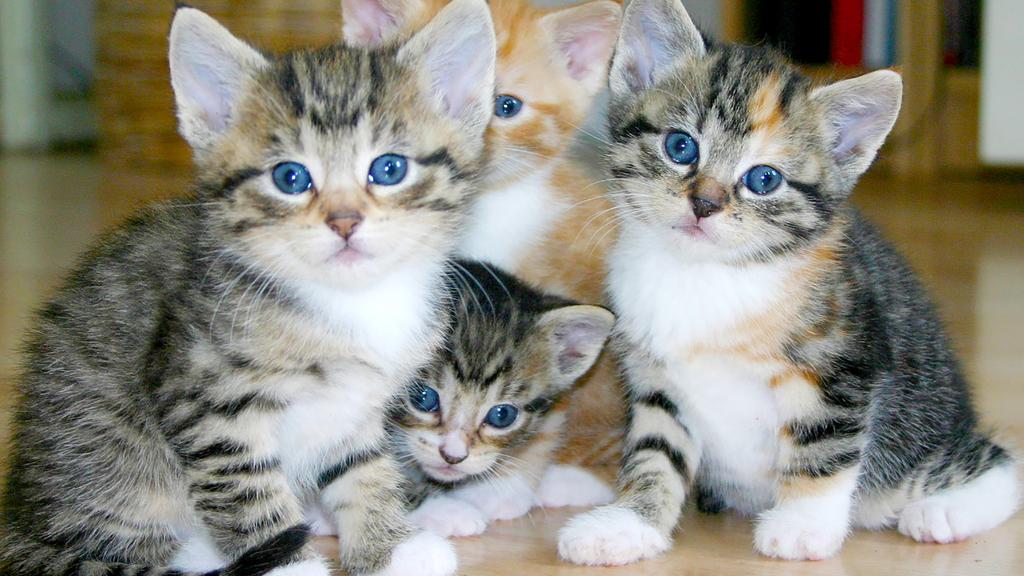
Adoption & Purchase Process
From research to home preparation, learn how to welcome your new pet. Cats often come from shelters or breeders, and dogs require careful breed consideration.
- Research options
- Visit shelters or breeders
- Prepare your home
- Complete paperwork
The adoption process for cats involves researching shelters or breeders, preparing your home with essentials (litter box, scratching post, etc.), and building trust as the cat adjusts to a new environment.
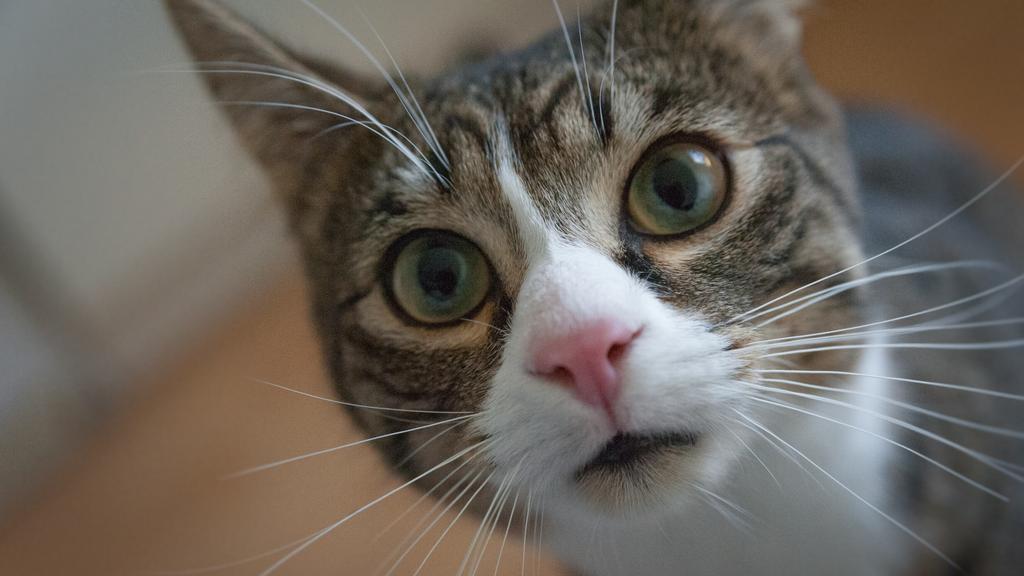
Infancy & Early Growth
The first weeks are vital—pets receive vaccinations, nutrition, and socialization that set the stage for a healthy life.
- Vet checkups
- Vaccinations
- Socialization exercises
- Nutrient-rich feeding
Infancy in cats is marked by vaccinations, early vet checkups, and socialization that helps them develop a friendly and confident demeanor.

Growing Up & Testing Boundaries
Adolescence brings increased independence, behavioral changes, and the need for continued training. Spay/neuter and diet transitions are common during this stage.
- Behavior changes
- Spay/Neuter
- Obedience training
- Diet transition
During adolescence, cats become more active and test boundaries. Spaying/neutering and continued socialization guide them toward adulthood.
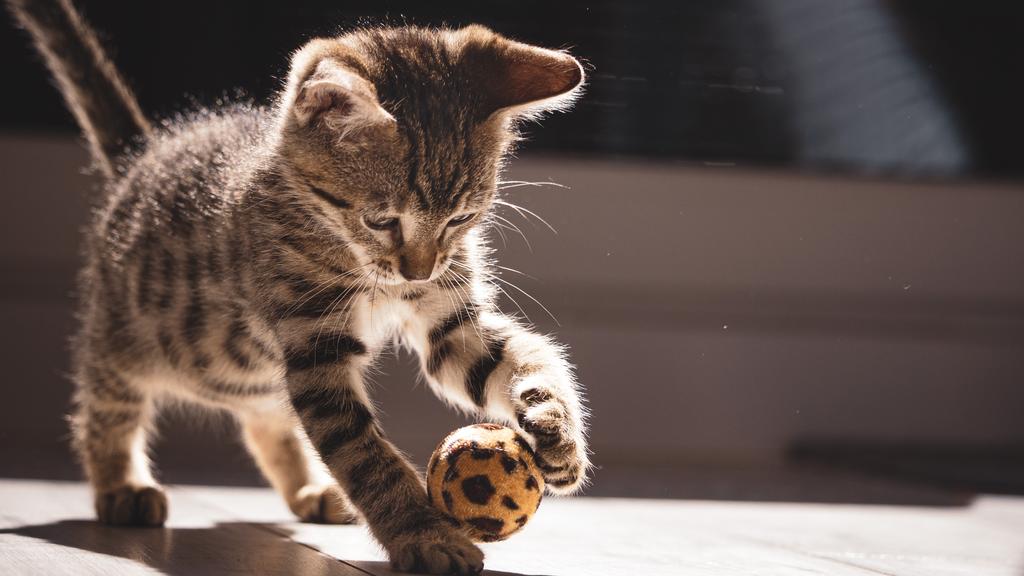
Prime Years: Health & Happiness
During adulthood, pets require routine care, proper nutrition, regular exercise, and mental stimulation.
- Annual checkups
- Balanced diet
- Regular exercise
- Continued training
Adult cats enjoy their prime years. Routine vet checkups, a balanced diet, and regular play ensure they stay healthy and happy.

Senior Care: Comfort & Adaptation
As pets age, they require more frequent vet visits, joint care, and modifications in their home environment.
- Frequent screenings
- Modified diet
- Joint supplements
- Home adaptations
Senior cats may develop arthritis or other age-related conditions. Increased vet care and a tailored diet help maintain their quality of life.
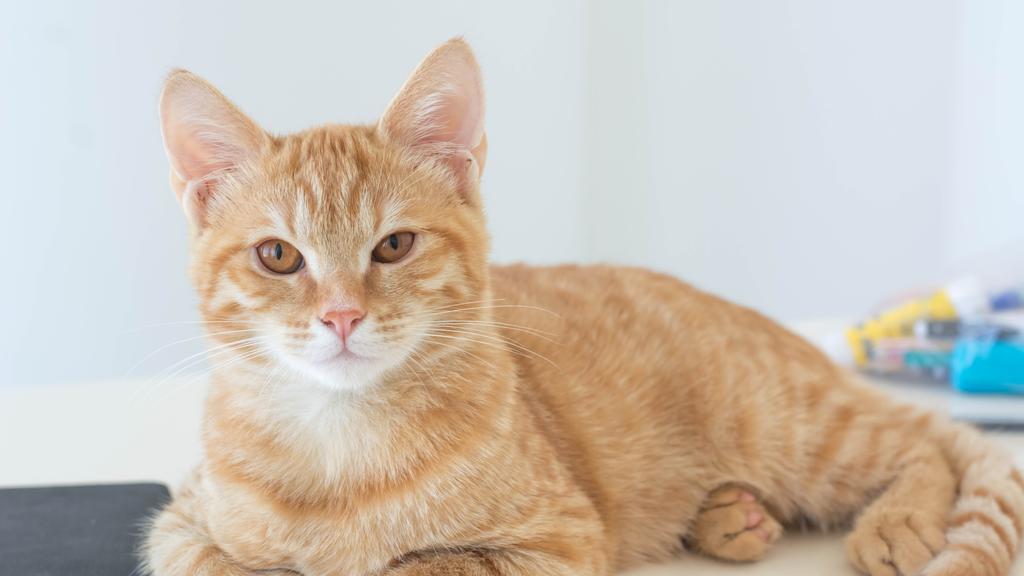
Palliative Care & Aftercare
When a pet's quality of life declines, palliative care, compassionate decision-making, and aftercare support become essential.
- Palliative care
- Euthanasia considerations
- Aftercare and memorial options
End-of-life care for cats focuses on palliative measures, quality-of-life assessments, and compassionate aftercare options.
